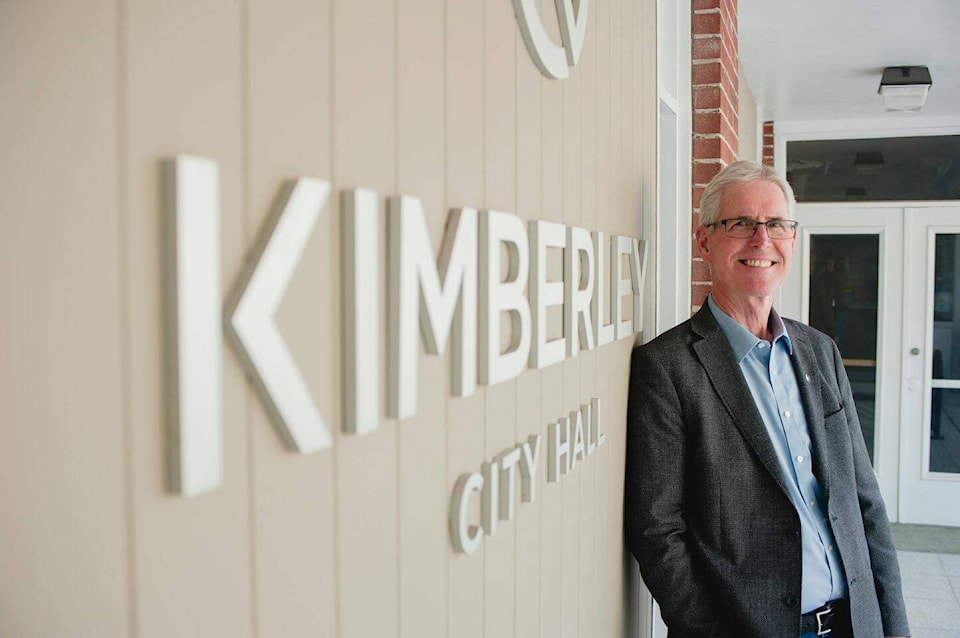One of the more difficult issues municipal politicians are grappling with is affordable housing, and housing supply.
Certainly in Kimberley, where the vacancy rate is currently below one per cent, it is an issue that is in the forefront.
Mayor Don McCormick has put a lot of thought into the issue, and it’s complexities, and has come up with an analysis that will hopefully explain where Kimberley is at and where we are headed.
The Bulletin will present the analysis in three parts, beginning this week.
First McCormick tries to answer the questions about finding an affordable place to live.
“Much of the public comment is around affordable home purchase, but finding rental housing is as big if not a bigger problem,” McCormick said. “Until recently, low interest rates have made purchasing the attractive option, but rising prices, rising interest rates and increasingly tighter income ‘means’ tests for mortgages have shut that door for many people. It is of no comfort that Kimberley is not alone, that this is a provincial and national issue as well.”
He says it has taken ten years to get Kimberley to the tight market situation it now faces.
“Housing of all kinds needs to be built at the same rate that the population is growing. If supply of new housing does not meet the demand, existing housing becomes more dear, prices rise and finding affordable housing is increasingly difficult.
“This is a particularly difficult problem to solve because the municipality cannot build houses. And ‘affordable’ housing is no longer just about social or subsidized housing; it is about housing of all types that the average person or family can afford.”
While the perception may be that Kimberley’s population has exploded, McCormick says that’s not the case, the rise has been slow and steady over the last three census periods, adding about 130 people per year.
However, building starts have not kept up with that 130 additional people each year. Not enough new housing has been built to accommodate even the modest growth Kimberley is experiencing.
“Consequently, while a modest number of new residents move to Kimberley each year, they find themselves competing for housing in a community with fewer and fewer choices,” McCormick said. “This creates pressure in the housing market and the perception that our population is growing faster than it really is.”
Kimberley City Council received a Housing Needs Assessment last year, which provided information on the housing in Kimberley.
• Aging seniors living in single-detached homes need a range of housing options to allow them to age in their community. Many seek to downsize and move into smaller and more accessible units, but are finding it difficult to obtain the right form of housing.
• Low- and moderate-income households need a revitalized rental market that provides a range of unit types and levels of affordability.
• Market rental remains under-developed and high housing prices are adding even more pressure.
• Housing supply has been slow to respond to need. The result is a misalignment between existing stock and existing need.
That data will guide development going forward, McCormick says.
Next up, demographics and Kimberley’s housing profile.
READ: Kimberley Council receives housing needs study
a
carolyn.grant@kimberleybulletin.com
Like us on Facebook and follow us on Twitter
